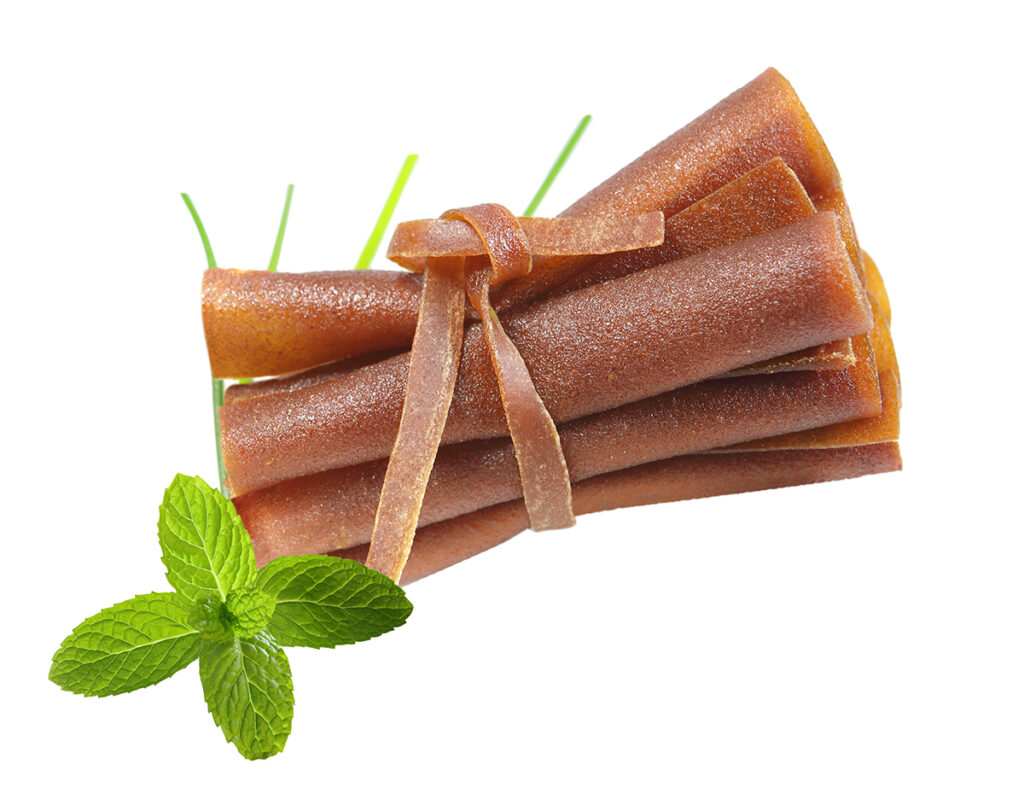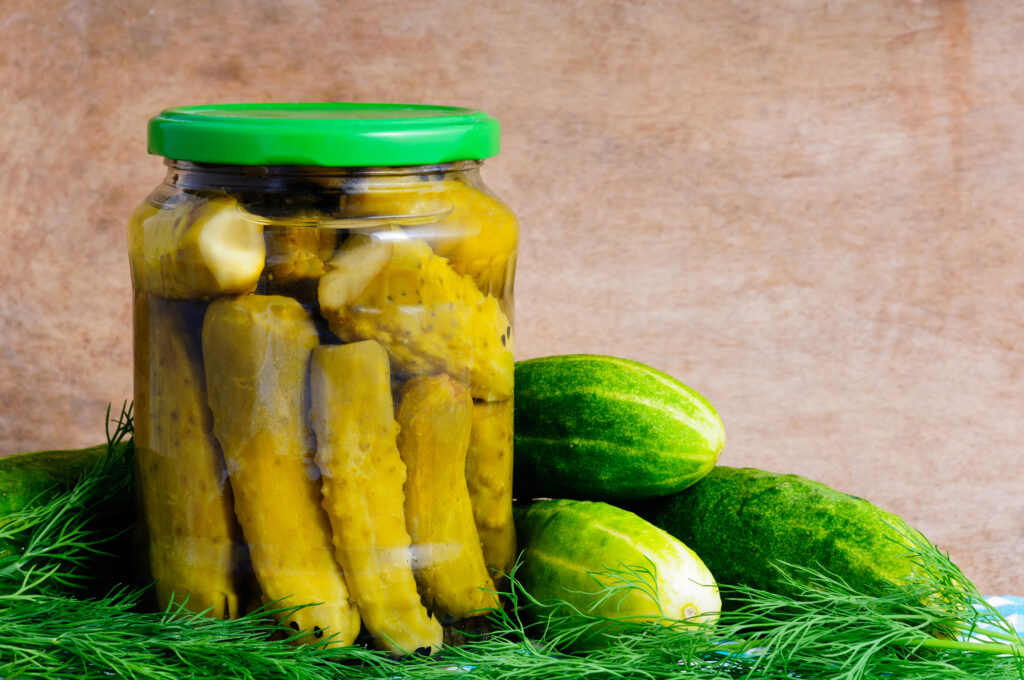It is always best to be prepared—even for dinner. Barbara Dugone is my great-grandmother. She was born in Austin, Texas in 1933, and she spent her life making food for her family, in any way possible.
I found some recipes and tricks from her family cookbook, including some wisdom about canning,
dehydrating, and more. She is likely in the kitchen right now teaching some of my cousins to cook.
Cold Pack Canning
This method is very good for fruits, tomatoes, and pickled beets.
- Wash jars and rings.
- Do not use over-ripe fruit.
- Pack fruits in a jar firmly, but do not crush fruit. Pack to ½ inch from top of jar. Pour liquid over the fruit; take out air bubbles from filled containers by working a blade of a knife down the sides of the jar. Add more liquid, if needed.
- Boil lids for a few minutes; place on top of the clean jar; place a band on the jar and tighten.
- Place the jars in a cold pack canner or steamer. In the cold pack canner, bring water level to the top of the jars. In a steamer, follow manufacturer’s instructions on amount of water. Bring water to a rolling boil; then begin timing. Add 2 minutes to the time for every 1,000 feet above sea level.
- Remove the jars from the canner (no need to tighten screw bands); cool to room temperature. After the jars are cool and sealed, wash them off and store in a cool dry place. (You can test the seal by tapping with a spoon when the jar is cold. A clear ringing sound means a seal. You can also see the seal–the lid is curved down when sealed.) After 24 hours, the bands may be removed from the jar.
Canned Peaches
Ingredients
- Fresh peaches
- 3/4 c sugar per quart jar (or to taste)
Place peaches in the sink; pour boiling water over peaches.
Let them set for a few minutes, then peel. Skins should slip off easily. Pit peaches and slice or leave in halves. (Remove any bruised parts.)
Pack in quart jars. When about half-packed, place the sugar in the jar. Finish packing the jar with fruit. Fill the jar with cold water to the top of the rim.
Take out air bubbles from filled containers by working blade of knife down sides of jar. Add more liquid, if needed. Then can. Time for 20 minutes (at sea level).
A bushel will yield 18-24 quarts.

Jana’s Fruit Leather
Barbara says, “Here’s a candy treat that’s not sweet.”
Ingredients
- 4 c pureed fruit (apricot or peach) You can use over-ripe fruit as it will have a better flavor.
- 4 T honey
Mix fruit puree and honey in a saucepan; bring to a rolling boil, stirring constantly. Boil 6 minutes.
Prepare 2 large cookie sheets (15.5 by 10.5 in) by lining with plastic wrap. Let the wrap hang over the sides a little. (You can secure the wrap with wooden clothespins.)
Spread fruit mixture over the plastic wrap, spreading as thinly as possible. Place in oven at 150 degrees for 24 hours.
Remove from oven when leather feels dry on top.
Roll up in plastic wrap and store at room temperature.
Mother’s Dill Pickles

Barbara says, “My mother experimented with the recipe one summer trying to get the absolute
perfect amount of seasonings. If you like salty pickles, just add more salt to the recipe.”
Ingredients
- 1/8 t powdered alum
- 1 stalk of fresh dill (may use more)
- 1 clove garlic, cut in half
- 1 jalapeño or Mexican pepper
In the bottom of each sterilized quart jar, place the alum, dill, garlic,
and pepper. Clean scrubbed small to medium fresh cucumbers.
Pack cucumbers in jars.
- 3 c white vinegar
- 2 c water
- 1/4 c canning salt
Combine vinegar, water, and salt. Bring to a boil. Pour over cucumbers. Seal jars.
Let set 1 month before using.
